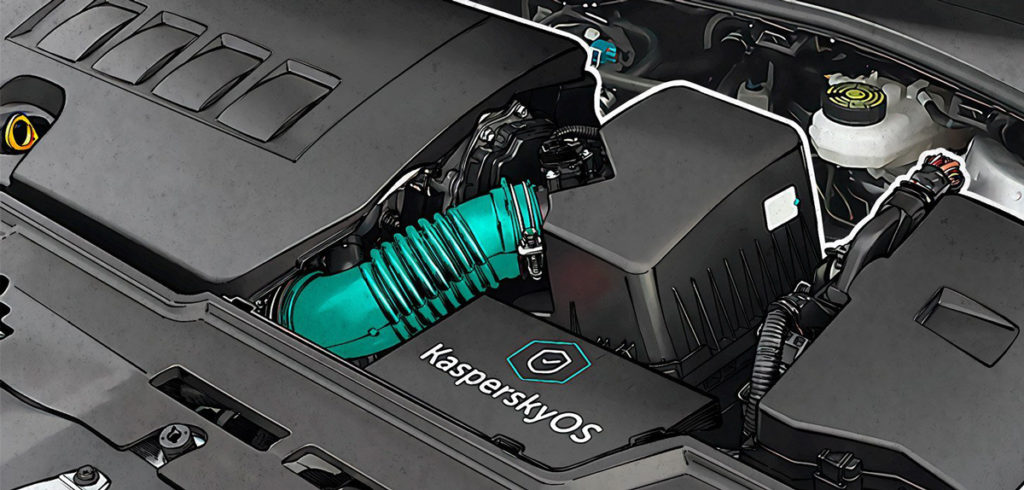Information and data security is a key consideration for developers of autonomous and connected vehicles. Looking to address their needs, digital security specialist Kaspersky has recently integrated its new automotive KasperskyOS into an ECU of an ADAS developed by AVL Software and Functions.
The controller is an open and customizable development platform for both prototype and series development, said to be safe and secure by design as it runs on KasperskyOS. In this application, the secure operating system is designed to protect communications between ADAS components and to safeguard all the autonomous vehicle functions. As part of the security features, KasperskyOS guarantees that undeclared functionality – either unnoticed at launch or inserted through system updates – cannot be exploited and will not affect the performance of autonomous vehicles.
Based on a new ECU platform by AVL SFR, the ADAS ECU features two high-performance system-on-a-chip processors and a safety controller, and provides vast connectivity capabilities – including links to cameras, lidar and other related components. The hardware platform also supports CAN and automotive Ethernet standards, allowing secure communication between devices within a vehicle.
In most known cases of AVs being compromised, malefactors exploited code mistakes unintentionally left by developers. This can happen because modern vehicles are complex systems, making it hard to manage the security of all the components. As Dirk Geyer, head of product segment safety and security at AVL SFR, highlighted, “The sophisticated and complex functionality running on connected high-performance controllers, such as the ADAS ECU, must be protected by a holistic security base, which is located at the level of the operating system.”
Moreover, these systems are regularly updated, and it is important to ensure that changes in one component will not affect how a vehicle operates. Kaspersky says its OS provides strong separation between components, so any unwanted interference is not possible by default. The interaction between all electronic components is controlled by the Kaspersky Security System, the security policy engine within KasperskyOS. It monitors the launch of processes, as well as communications between each component and with the operating system.


